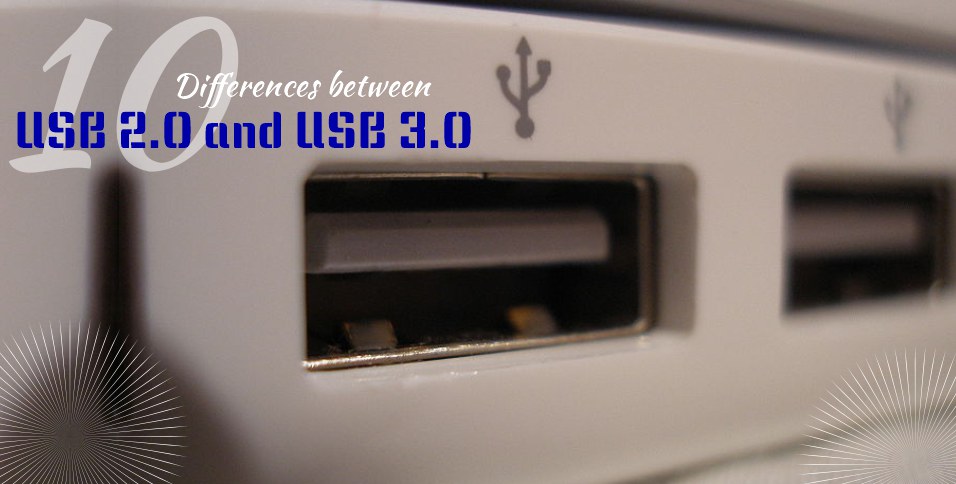When it comes to choosing the right USB port for your needs, it’s important to understand the key differences between USB 3.0 and USB 2.0.
USB 3.0 is the latest standard for USB ports, offering enhanced performance, superior speed, and more efficient power management. However, USB 3.0 devices are typically more expensive than their USB 2.0 counterparts.
So, which should you choose? It depends on your needs. If you require the highest possible performance and speed, then USB 3.0 is the way to go. However, if price is a concern, then USB 2.0 may be the better option.
At the end of the day, it’s important to choose the right custom USB drives port for your particular needs. By understanding the key differences between USB 3.0 and USB 2.0, you can make an informed decision that will serve you well in the long run.
1. Speed
The most obvious difference between USB 2.0 and USB 3.0 is the transfer speed. USB 2.0 has a transfer speed of 480 Mbps, while USB 3.0 has a transfer speed of 4.8 Gbps – that’s 10 times faster. So if you’re transferring large files, you’ll definitely want to use a USB 3.0 port.
2. connectors
USB 2.0 and USB 3.0 cables and connectors are different. A USB 3.0 connector is usually blue, while a USB 2.0 connector is usually white or black. And while you can plug a USB 2.0 device into a USB 3.0 port, you can’t plug a USB 3.0 device into a USB 2.0 port.
3. power output
USB 2.0 ports can provide up to 2.5 watts of power, while USB 3.0 ports can provide up to 4.5 watts.
This means that USB 3.0 ports can provide more power to devices than USB 2.0 ports. This is important for devices that require more power, such as external hard drives.
USB 3.0 also offers a higher data transfer rate than USB 2.0. USB 3.0 has a maximum data transfer rate of 5 Gbps, while USB 2.0 has a maximum data transfer rate of 480 Mbps.
So if you’re charging a device that requires more power, you’ll want to use a USB 3.0 port.
4. data transfer modes
USB 3.0 devices can operate in two modes – SuperSpeed mode and High-speed mode. SuperSpeed mode is 10 times faster than High-speed mode, but not all devices support it. To take advantage of SuperSpeed mode, both the USB 3.0 device and the USB 3.0 port must support it. USB 3.0 ports are usually colored blue.
If you have a USB 3.0 device and a USB 2.0 port, the device will still work, but it will only operate at High-speed mode, which is only 2.0 speeds. In order to take advantage of SuperSpeed mode, you must have both a USB 3.0 device and a USB 3.0 port.
So if you’re transferring large files, make sure your device supports SuperSpeed mode.
5. backward compatibility
USB 3.0 is backward compatible with USB 2.0, which means you can plug a USB 2.0 device into a USB 3.0 port. However, not all features will work. For instance, you’ll only be able to transfer files at the USB 2.0 speed.
6. cost
USB 3.0 devices are more expensive than USB 2.0 devices, but the price difference has been decreasing over time.
7. availability
USB 3.0 is available on more devices than USB 2.0, but it’s still not as widely available as USB 2.0.
8. different cables
USB 3.0 uses a different type of cable than USB 2.0. The main difference is that the USB 3.0 cable has more wires, which allows for higher speeds.
9. different ports
USB 3.0 devices have different ports than USB 2.0 devices. The most obvious difference is that USB 3.0 ports are usually blue, while USB 2.0 ports are usually white or black.
10. different plugs
USB 3.0 plugs are different than USB 2.0 plugs. The main difference is that USB 3.0 plugs have more pins, which allows for higher speeds.
Also Read: Gaming Gadgets: How to Choose the Best Gaming Laptop















